 "ttyymmnn" (ttyymmnn)
"ttyymmnn" (ttyymmnn)
05/22/2015 at 11:20 • Filed to: planelopnik, planelopnik history
 4
4
 11
11
 "ttyymmnn" (ttyymmnn)
"ttyymmnn" (ttyymmnn)
05/22/2015 at 11:20 • Filed to: planelopnik, planelopnik history |  4 4
|  11 11 |
This is today’s Aviation History Speed Round , getting you caught up on milestones and important historical events in aviation from May 20 through May 22.
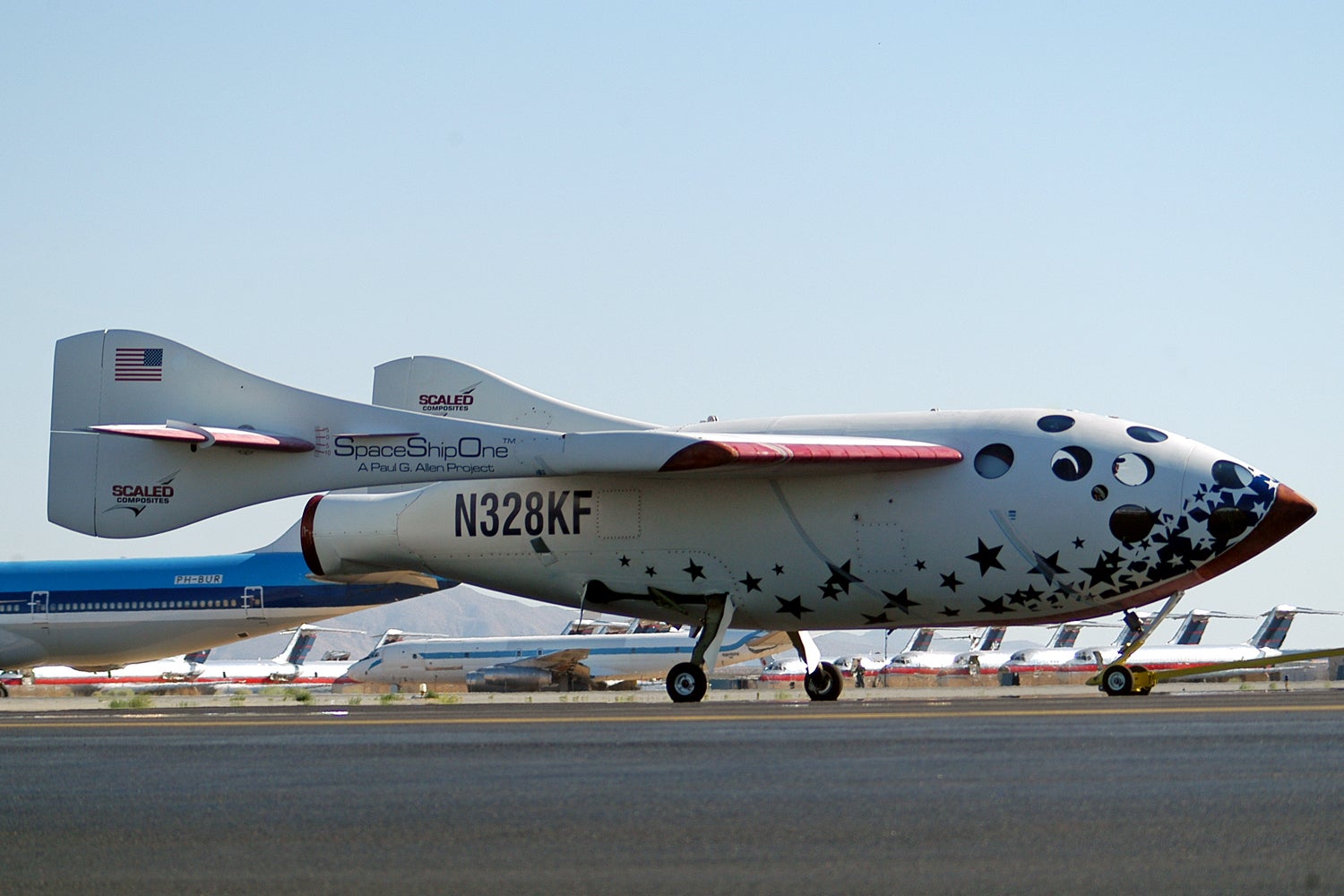
May 20, 2003 – The first captive, unmanned flight of SpaceShipOne. SpaceShipOne, designed by Burt Rutan, was the first phase of a commercial venture to carry civilians into sub-orbital space. The ultimate goal of the project was to have SpaceShipOne carried aloft and released by its mother ship, !!!error: Indecipherable SUB-paragraph formatting!!! , before onboard rockets fired and carried the craft into space for a few minutes of weightlessness. After the captive flight, SpaceShipOne achieved supersonic flight on December 17, 2003, the 100th anniversary of the Wright Brothers’ first flight, and on June 21, 2004 it completed the first privately-funded human spaceflight. On October 6, 2oo4, Rutan and his team won the !!!error: Indecipherable SUB-paragraph formatting!!! as the first non-government organization to put a manned, reusable spacecraft into space twice in less than two weeks. SpaceShipOne was followed by the larger !!!error: Indecipherable SUB-paragraph formatting!!! in 2010.
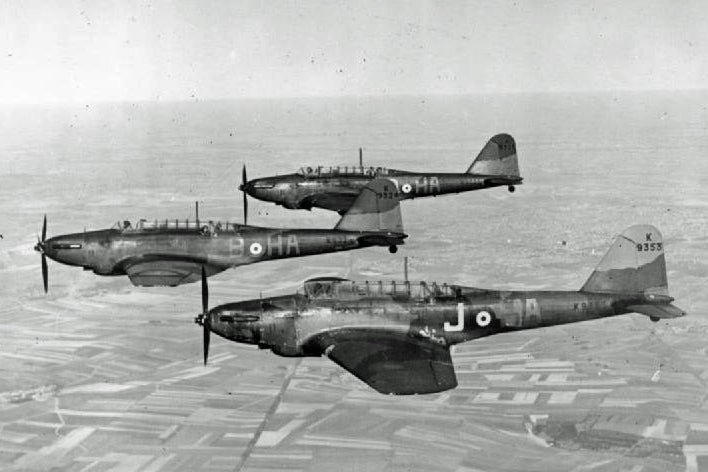
May 20, 1937 – The Fairey Battle enters service with the Royal Air Force. The Battle was originally conceived as a replacement for older, biplane bombers, and though it was powered by the same Rolls-Royce Merlin V-12 engine used in some of the most successful aircraft of WWII, it was hampered by its size and weight. The prototype Battle made its first flight on March 10, 1936, and while it was a significant improvement over the planes it replaced, it was completely obsolete by the outbreak of WWII. In addition to its lack of speed and average handling, it also lacked an armored cockpit and self-sealing fuel tanks, making it vulnerable to antiaircraft fire and enemy fighters. Nevertheless, Battles saw extensive, if somewhat futile, service in the early days of the war, and was withdrawn from frontline service by the end of 1941.
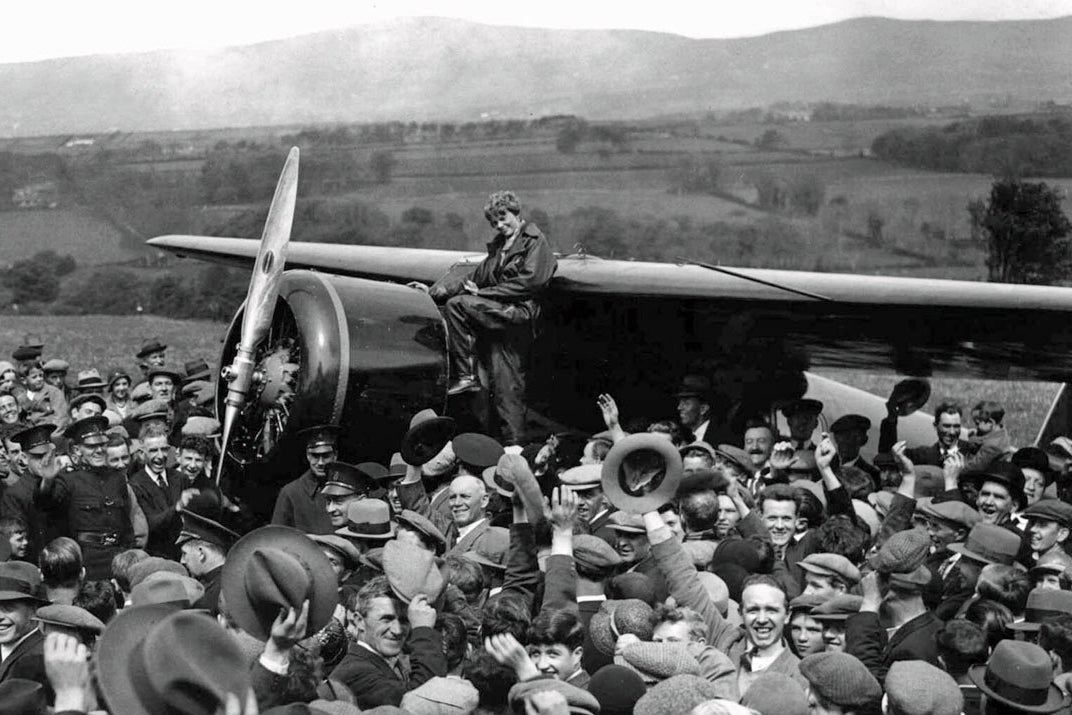
May 20, 1932 – Amelia Earhart becomes the first woman to make a solo flight across the North Atlantic. Five years after Charles Lindbergh’s famous flight across the Atlantic, Earhart hoped to emulate Lindbergh’s feat. Taking off from Harbour Grace, Newfoundland, Earhart faced strong northerly winds, icing conditions, and mechanical problems, but just under 15 hours later she landed in a pasture at Culmore, north of Derry in Northern Ireland. Upon landing, one of the local farmers who witnessed her arrival reportedly asked Earhart, “Have you flown far?” “From America,” she replied. Earhart was awarded the Distinguished Flying Cross for her achievement. Earhart would complete other milestone flights, but is best known for her failed attempt at an equatorial circumnavigation of the globe in 1937 with navigator Fred Noonan. She and Noonan disappeared after leaving the Pacific Island of Lae, and were never seen again, a disappearance that remains unsolved to this day.
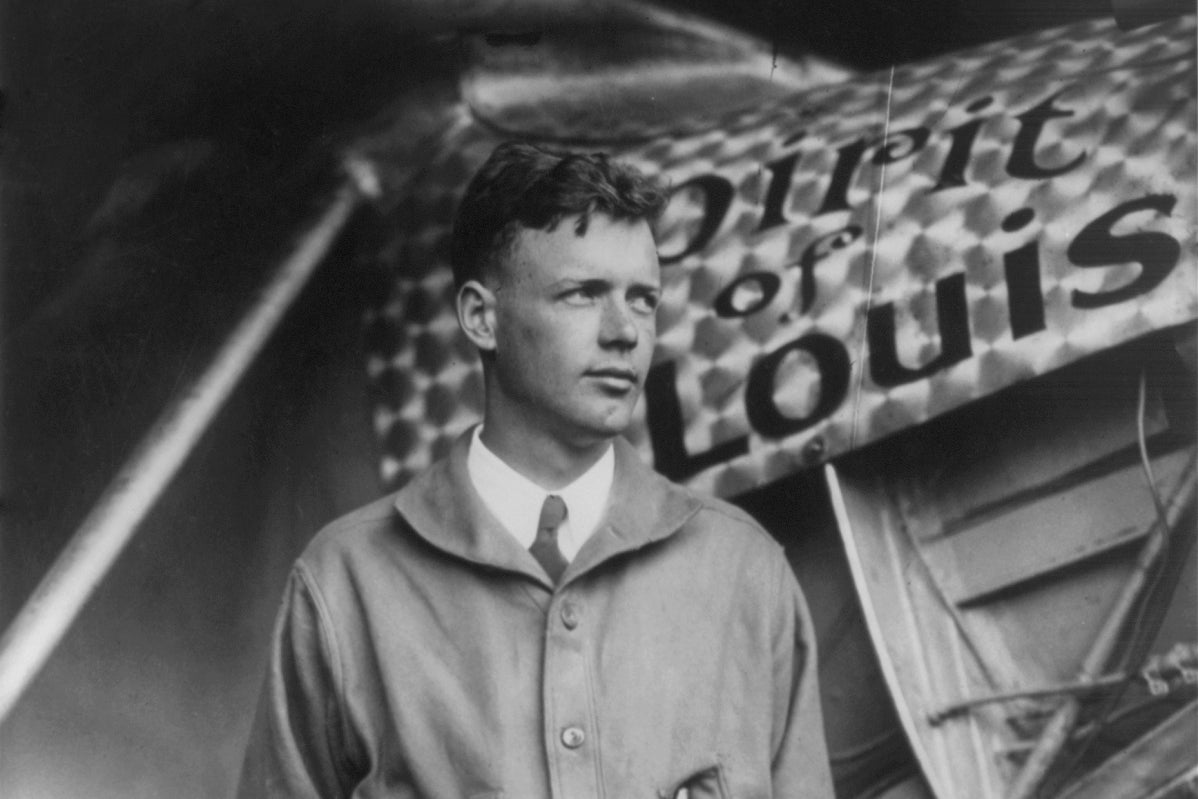
May 20-21, 1927 – Charles Lindbergh makes the first solo, nonstop flight across the Atlantic Ocean. Many famous aviators lined up to claim the !!!error: Indecipherable SUB-paragraph formatting!!! , which was offered for the first flyer to cross the Atlantic non-stop and included a $25,000 prize for the winner. Beginning with only $2,000 of his own money, the then-unknown Lindbergh was able to secure enough financing to purchase his !!!error: Indecipherable SUB-paragraph formatting!!! monoplane, which he helped to design along with Ryan’s chief engineer Donald Hall. Loaded down with 450 gallons of fuel, the Spirit of St. Louis struggled to take off from a muddy Roosevelt Field, just managing to clear telephone lines at the end of the field. Navigating only by the stars, and facing storm clouds, icing, and blind flying, Lindbergh touched down 33.5 hours later at Le Bourget Airport in Paris at 10:22 pm. A throng of well-wishers awaited him, and he returned to a ticker tape parade in the US.
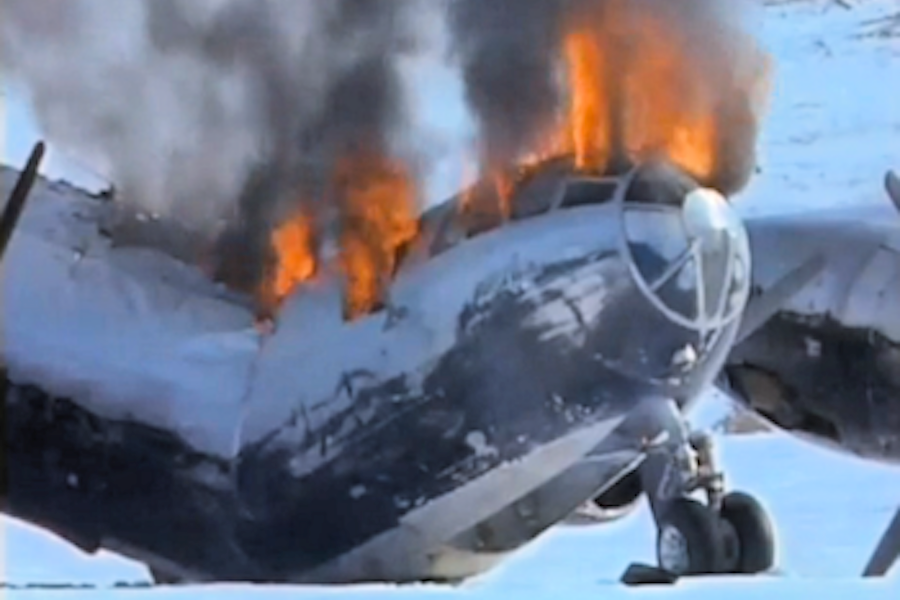
May 21, 1995 – B-29 Superfortress Kee Bird catches fire and burns following restoration. Kee Bird was a US Army Air Force B-29 Superfortress from the 46th Reconnaissance Squadron that crash landed in Greenland on February 21, 1947 during a secret Cold War spying mission. The crew was rescued after three days on the Arctic tundra, but the plane, damaged though mostly intact, was left behind. In 1994, efforts were undertaken to repair and recover Kee Bird after lying in Greenland ice for 47 years. Crews dug the plane out of the ice and snow and began working to restore the aircraft to flying condition. By spring of 1995, Kee Bird was ready to be flown. A crude runway was prepared, and Kee Bird rolled on takeoff. During takeoff, however, a fuel tank rigged to the B-29’s auxiliary power unit started leaking, leading to an uncontrollable fire. The crew escaped without serious injury, but Kee Bird was completely destroyed, and its charred remains still lie on the Greenland ice.
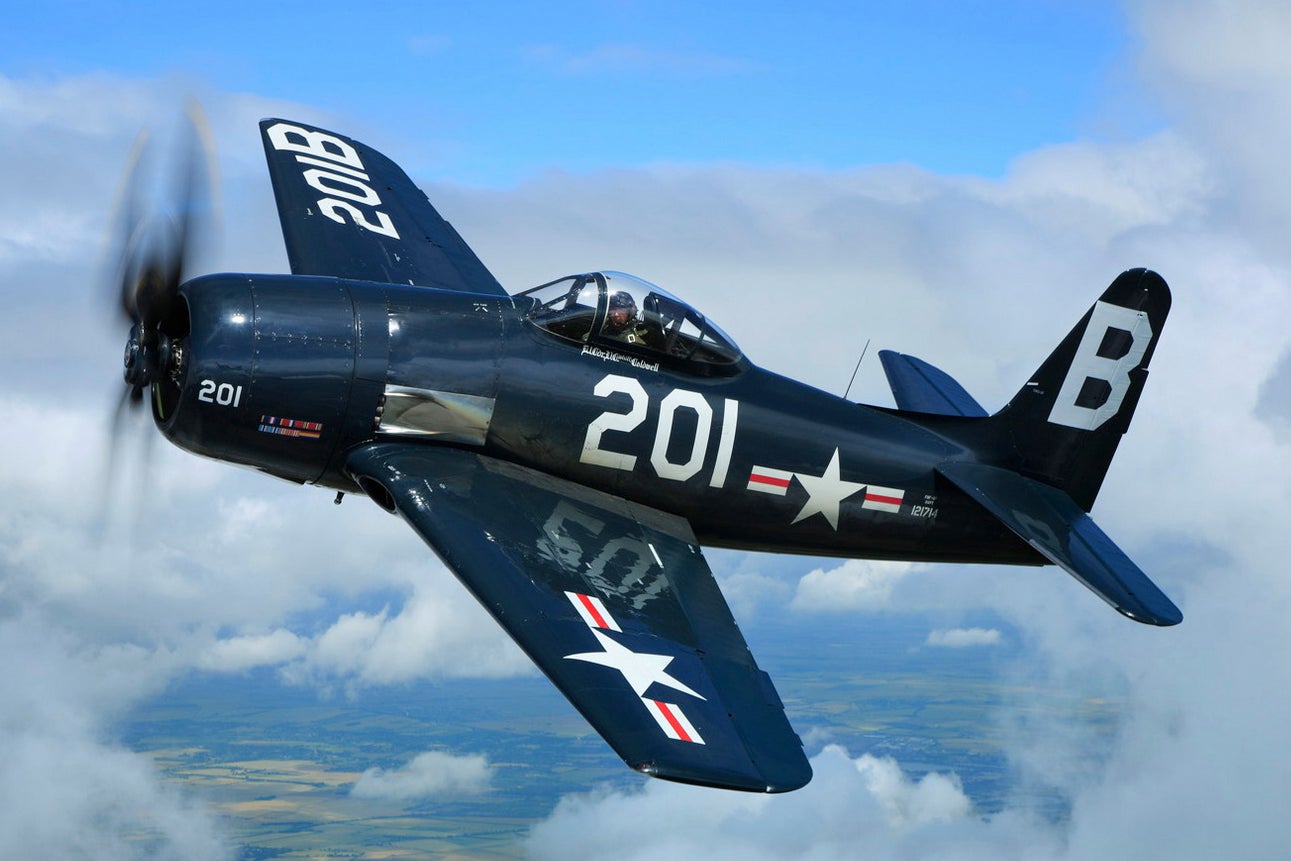
May 21, 1945 – The Grumman F8F Bearcat enters service with the US Navy. Grumman began development of the G-58 Bearcat in 1943 after analysis of the Battle of Midway told the US Navy that it needed a fighter with a better climb rate than the fighters currently in use. They also needed something that was small enough to operate from smaller escort carriers. To achieve the desired climb rate, designers decided to develop an aircraft that wrapped the smallest possible airframe around the largest possible engine. Using the F6F Hellcat as a starting point, Grumman made the fuselage smaller, added a bubble canopy, a first for Navy fighters of the era, and gave the Bearcat the same Pratt & Whitney R-2800 engine used in the Hellcat. They also fitted it with a huge Hamilton Standard propeller. The Bearcat turned out to be a spectacular airplane, and Grumman’s last piston-powered fighter, but it came too late to see service in WWII. The Bearcat was also the first aircraft chosen by the US Navy Blue Angels demonstration team, flying it from 1946 until 1950.
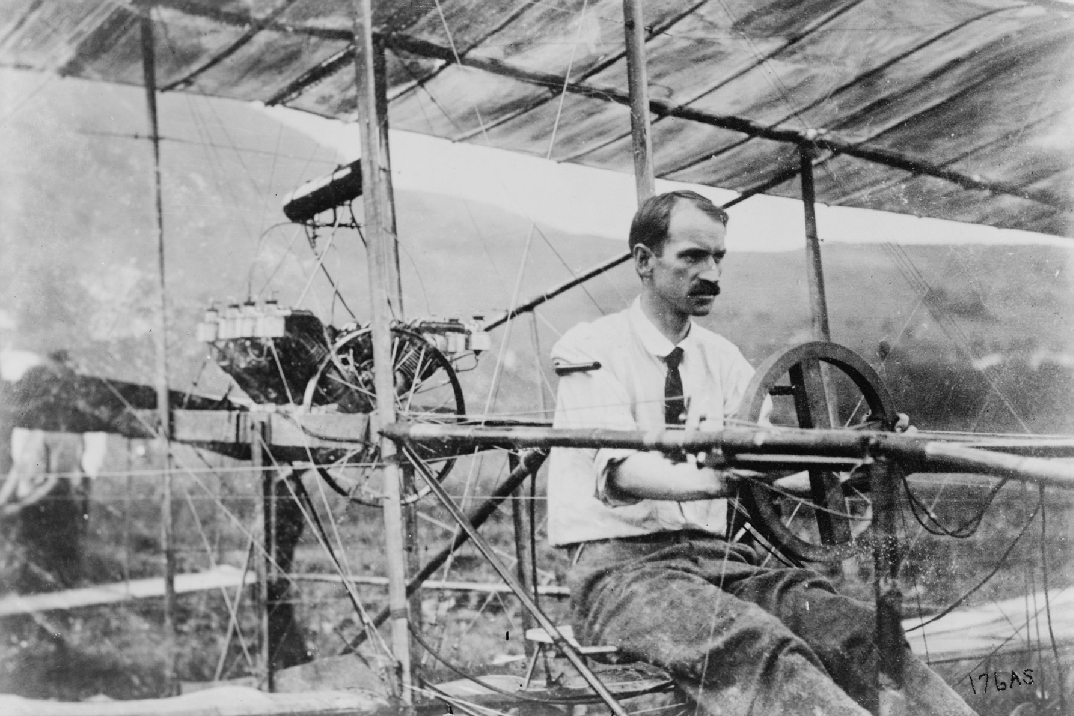
May 21, 1878 – Aviation pioneer Glenn H. Curtis is born in Hammondsport, NY.
Though often eclipsed in history books by the Wright Brothers, Glenn Curtis was one of America’s greatest aviation pioneers, and has been credited with the creation of the American aviation industry. Among the firsts credited to Curtis are the first officially witnessed flight in North America, a win at the world’s first international air meet in France, and the first long-distance flight in the US. Curtis also provided the US Navy with its first aircraft, the A-1 Triad, heralding the birth of US Naval aviation in 1911. Curtis’ contributions to military aviation in both World Wars are
!!!error: Indecipherable SUB-paragraph formatting!!!
to mention here, but some of his most important aircraft include the
!!!error: Indecipherable SUB-paragraph formatting!!!
biplane, the
!!!error: Indecipherable SUB-paragraph formatting!!!
and
!!!error: Indecipherable SUB-paragraph formatting!!!
, the
!!!error: Indecipherable SUB-paragraph formatting!!!
, and the
!!!error: Indecipherable SUB-paragraph formatting!!!
.
Short Take Off
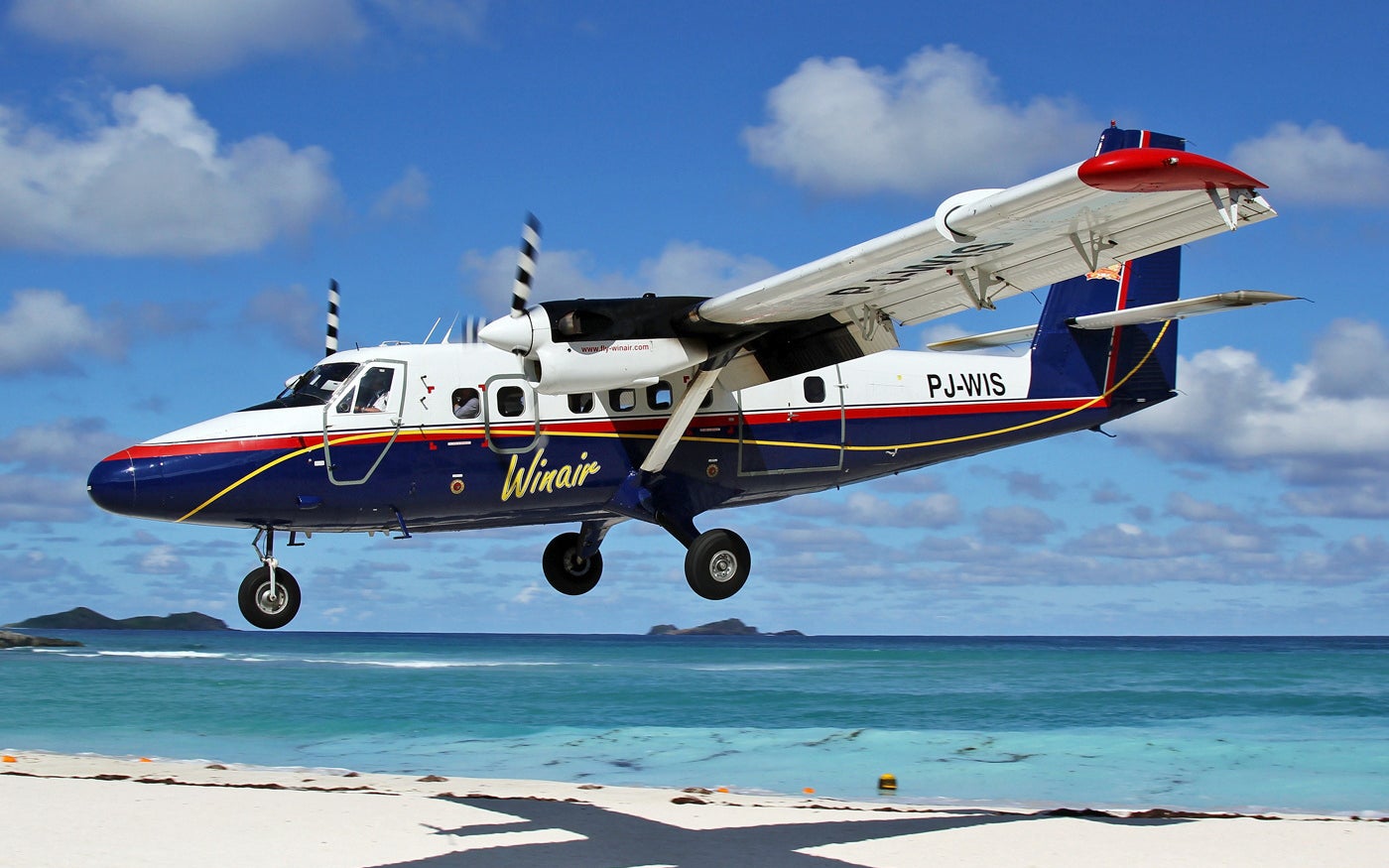
May 20, 1965 – The first flight of the de Havilland Canada DHC-6 Twin Otter, a 19-passenger STOL utility aircraft popular as a cargo, regional passenger, skydiving and MEDEVAC aircraft.
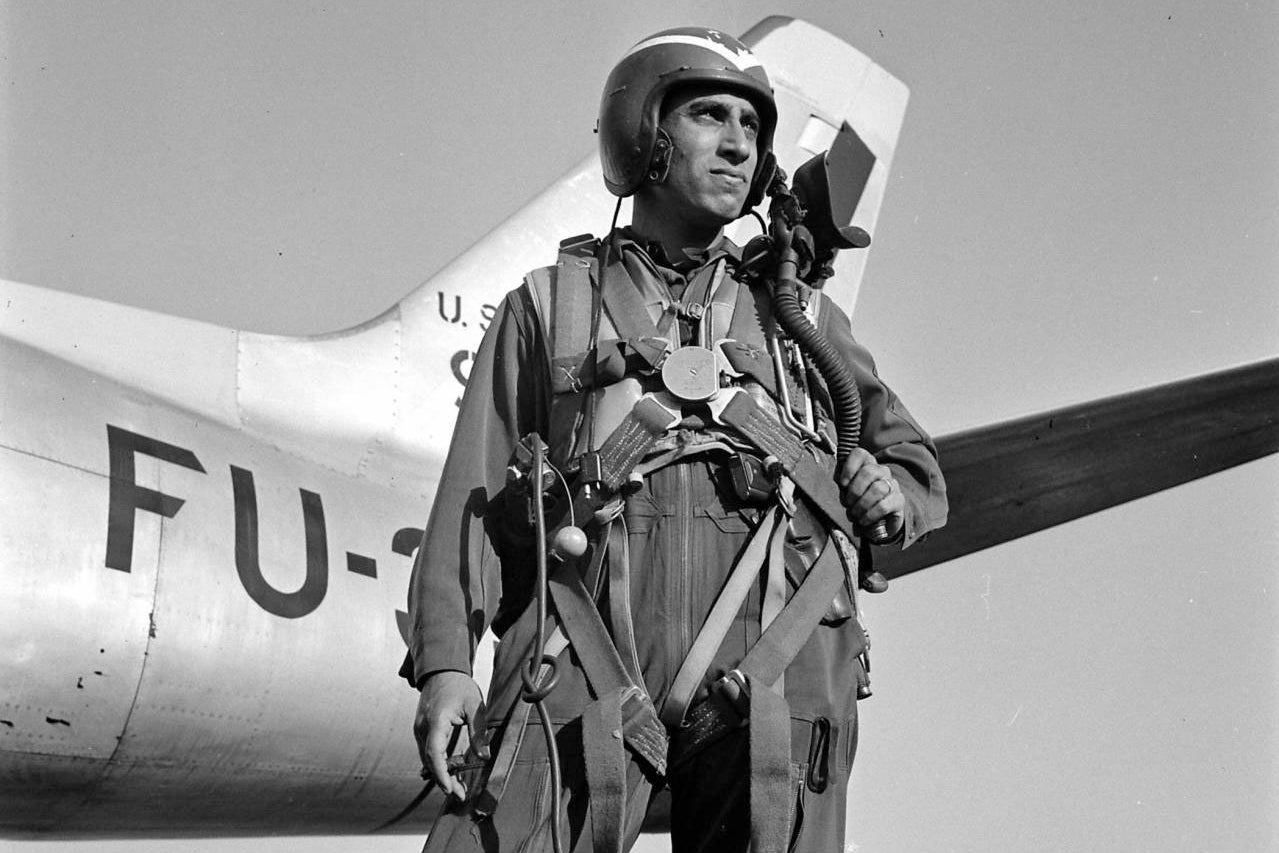
May 20, 1951 – US Air Force Captain James Jabara becomes America’s first jet fighter ace,
shooting down his fifth and sixth Russian-built MiG-15s while flying a North American F-86 Sabre. He ended the war with a total of 15 kills, making him a triple ace.
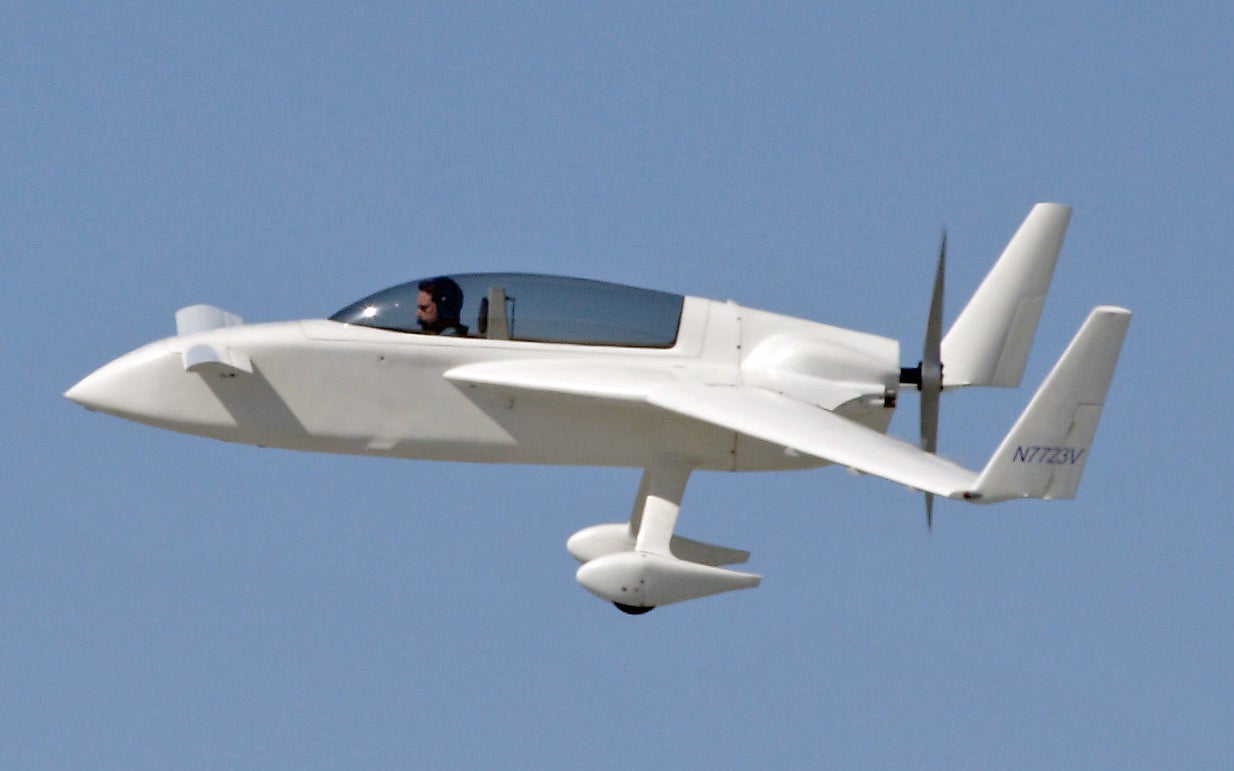
May 21, 1975 – The first flight of the Rutan VariEze, a composite, homebuilt canard aircraft created by famed designer Burt Rutan and designed for reduced susceptibility to departure/spin as well as long-range cruise.
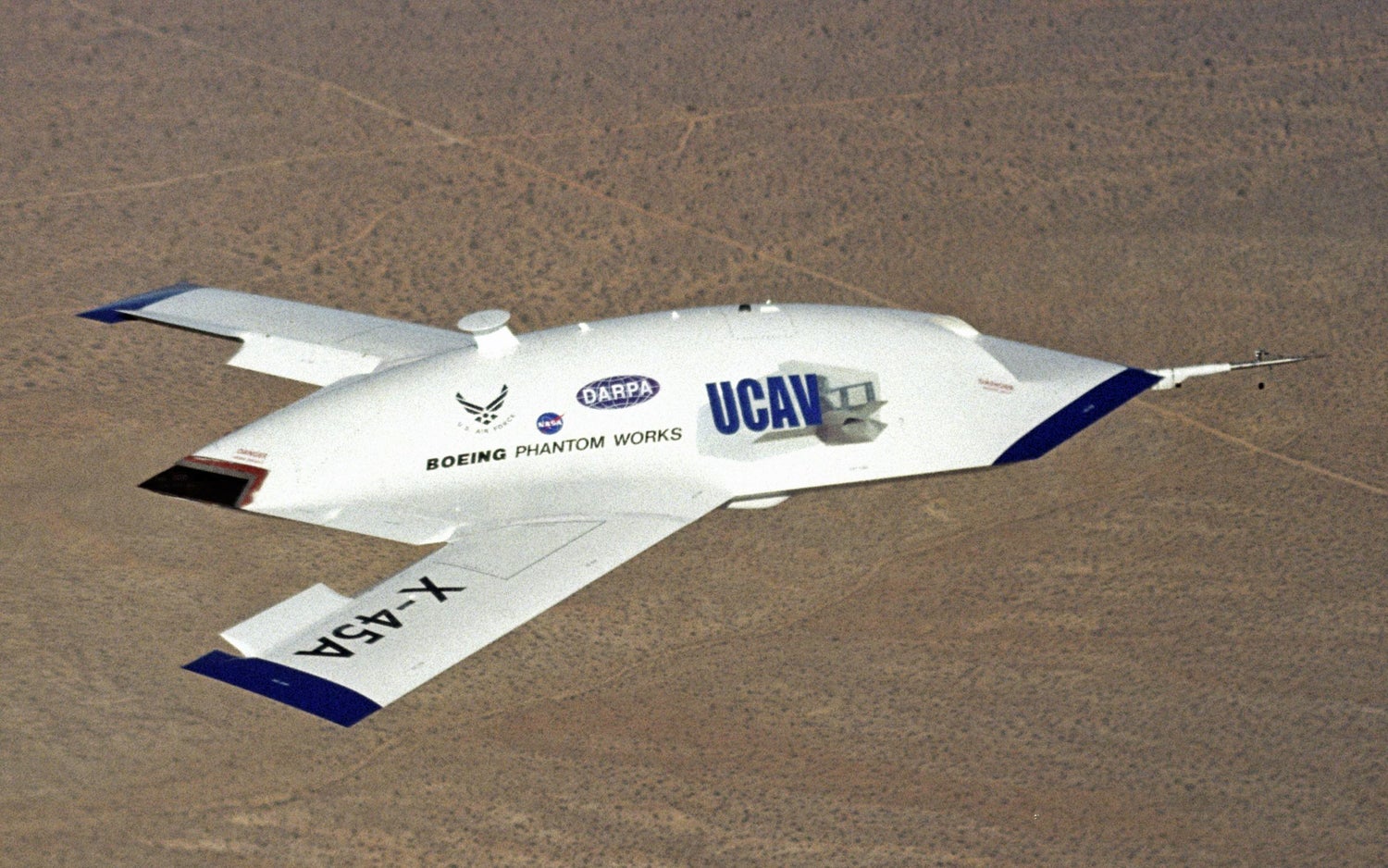
May 22, 2002 – The first flight of the Boeing X-45 , an unmanned combat air vehicle (UCAV) demonstrator as part of the !!!error: Indecipherable SUB-paragraph formatting!!! ’s program to create a completely autonomous military aircraft.
•••••••••••••
If you enjoy these Planelopnik History posts, please let me know in the comments. And if you missed any of the past articles, you can find them all at !!!error: Indecipherable SUB-paragraph formatting!!! .
 Jayhawk Jake
> ttyymmnn
Jayhawk Jake
> ttyymmnn
05/22/2015 at 11:24 |
|
There's an airport in Wichta named after James Jabara
 Racescort666
> ttyymmnn
Racescort666
> ttyymmnn
05/22/2015 at 11:31 |
|
Air launched spacecraft seem like such a great idea on napkin sketches, I wonder why they’re not a more common form of delivery vehicle. I’m sure Rock Bottom will come in and say “dammit Racescort, [something I haven’t thought of]”
 Racescort666
> Jayhawk Jake
Racescort666
> Jayhawk Jake
05/22/2015 at 11:35 |
|
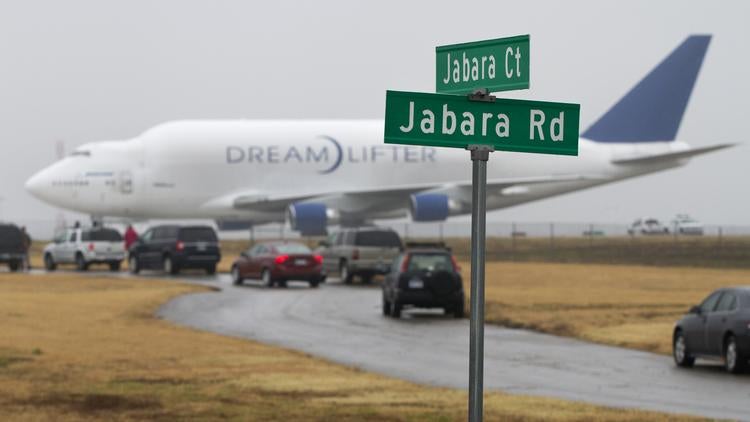
 Jayhawk Jake
> Racescort666
Jayhawk Jake
> Racescort666
05/22/2015 at 11:36 |
|
Yup. I watched it leave
 MonkeePuzzle
> ttyymmnn
MonkeePuzzle
> ttyymmnn
05/22/2015 at 11:40 |
|
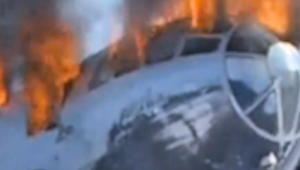
for those who have not seen it, the Nova episode on the Kee Bird is both fascinating and devastating *spolier alert* this picture is how it ends
https://www.youtube.com/watch?v=1u4YBw…
~55 minutes
 You can tell a Finn but you can't tell him much
> Racescort666
You can tell a Finn but you can't tell him much
> Racescort666
05/22/2015 at 12:15 |
|
Short answer is payload. The mothership would need to be HUGE to get something with a useful payload into orbit. They just can’t get the fuel load necessary for orbital flight off the ground, even for a small orbital vehicle.
They are useful for suborbital launches like the Virgin Galactic tourist flights and small scientific payloads that don’t need to go orbital though.
 Racescort666
> You can tell a Finn but you can't tell him much
Racescort666
> You can tell a Finn but you can't tell him much
05/22/2015 at 12:53 |
|
The only one I can think of is the Pegasus but its payload is an order of magnitude less than most delivery vehicles and it launches from one of the biggest bombers around.
 user314
> You can tell a Finn but you can't tell him much
user314
> You can tell a Finn but you can't tell him much
05/22/2015 at 21:14 |
|
Oh, but what could have been...
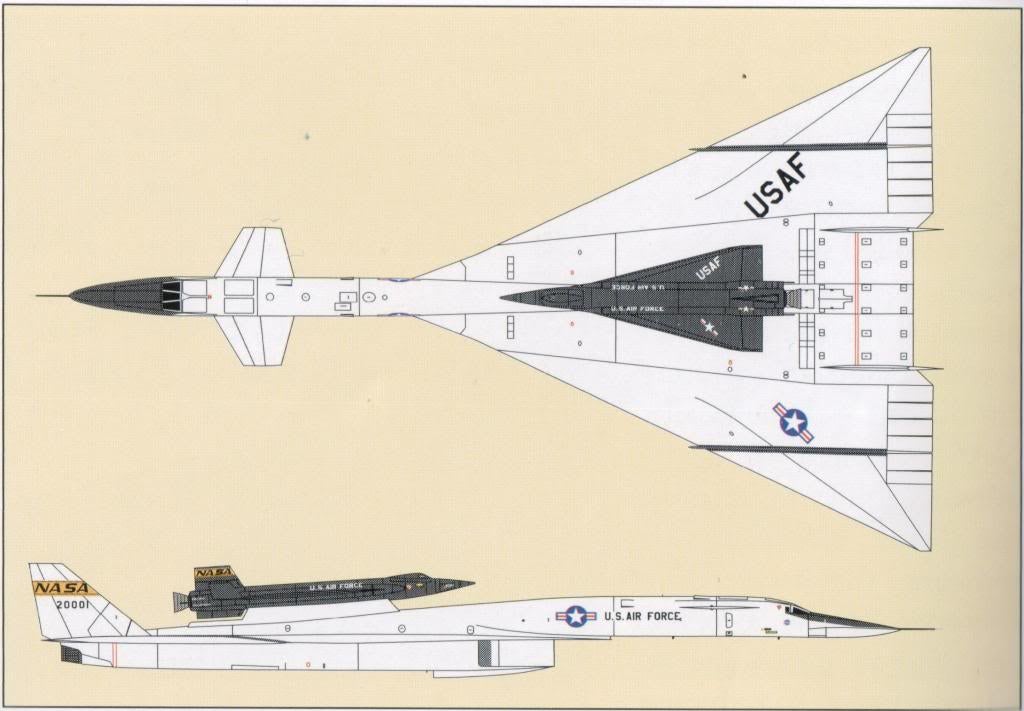
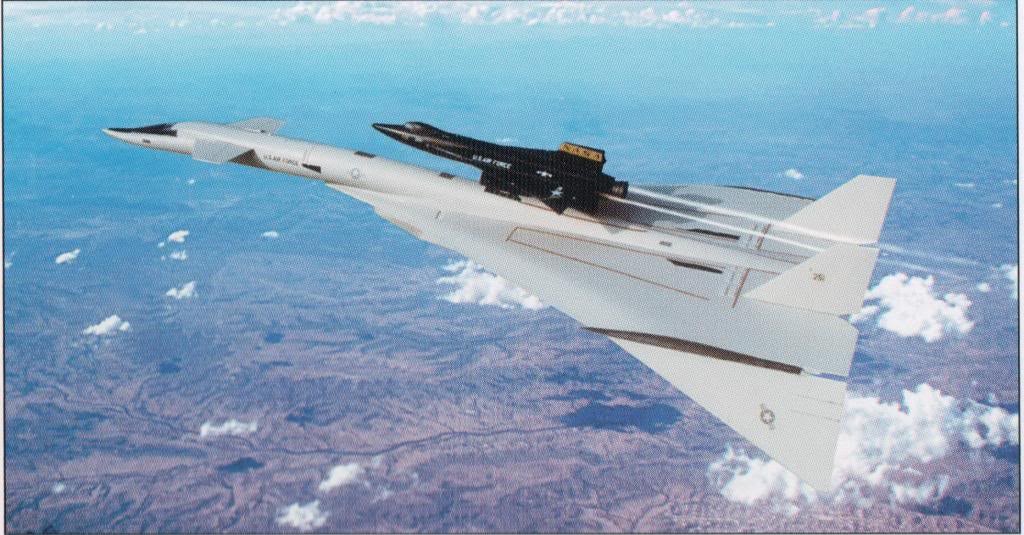
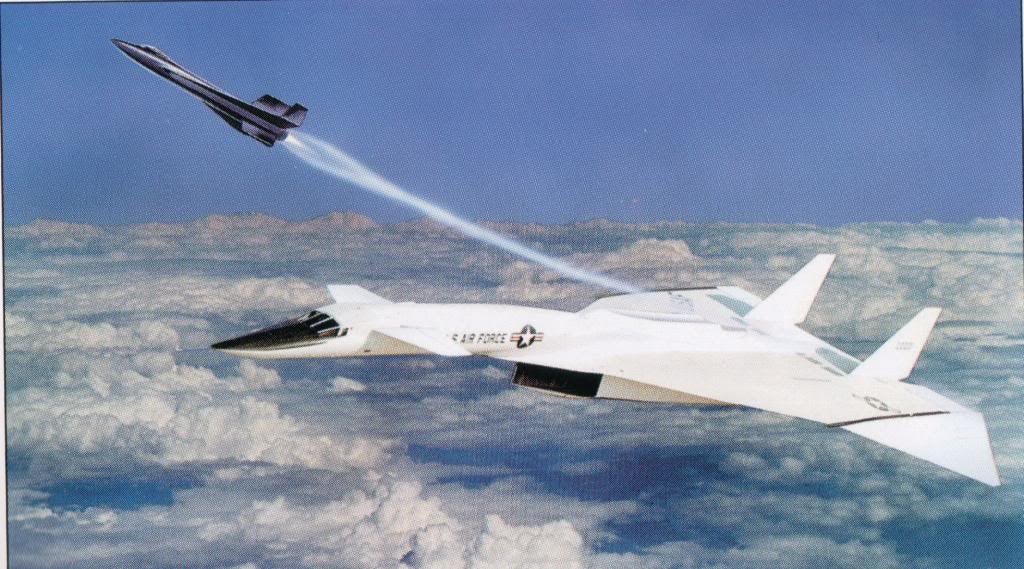
 TheEuropeanGuy
> ttyymmnn
TheEuropeanGuy
> ttyymmnn
05/27/2015 at 05:49 |
|
There were at least 28 other fighter jet aces before Jabara.
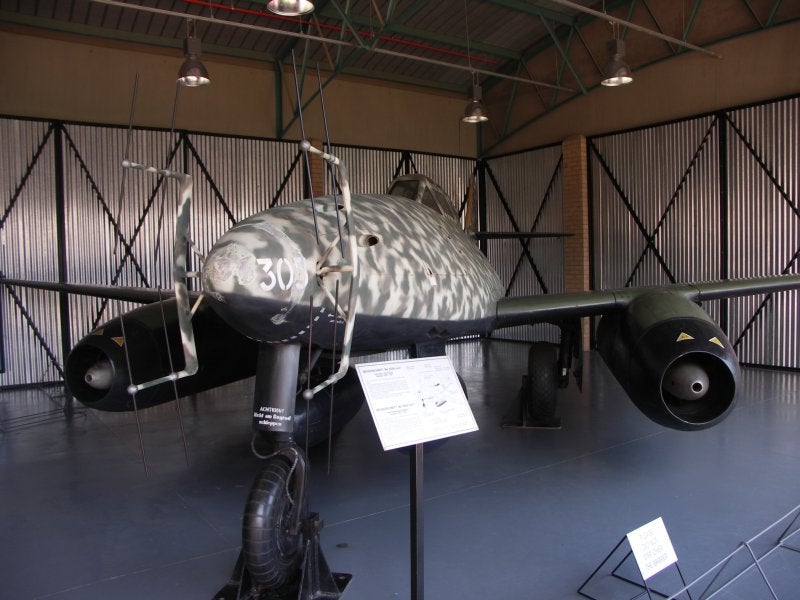
 ttyymmnn
> TheEuropeanGuy
ttyymmnn
> TheEuropeanGuy
05/27/2015 at 08:19 |
|
That’s an interesting point.....
 ttyymmnn
> TheEuropeanGuy
ttyymmnn
> TheEuropeanGuy
05/27/2015 at 08:24 |
|
Yup. Edited to reflect that. Thanks for pointing it out.